Home>Dining>Tableware>How To Remove Water Spots From Wine Glasses
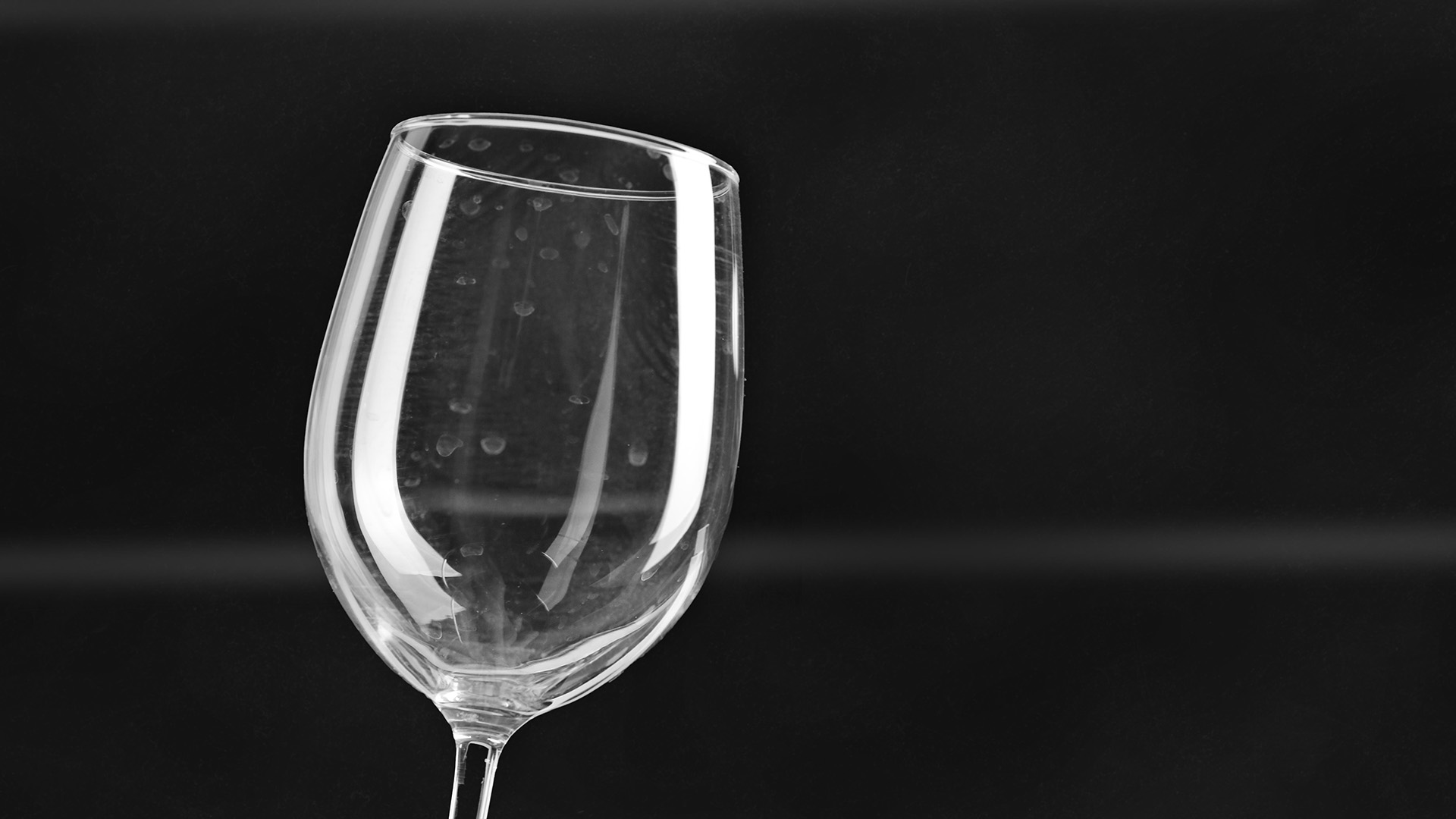

Tableware
How To Remove Water Spots From Wine Glasses
Modified: December 7, 2023
Learn how to remove water spots from wine glasses and keep your tableware looking sparkling clean. Discover effective techniques and tips for restoring the shine to your glassware.
(Many of the links in this article redirect to a specific reviewed product. Your purchase of these products through affiliate links helps to generate commission for Storables.com, at no extra cost. Learn more)
Introduction
When it comes to enjoying a glass of wine, the vessel you choose to drink from plays a crucial role in the overall experience. Wine glasses, with their elegant designs and delicate features, add a touch of sophistication to any occasion. However, over time, these beautiful glasses can develop unsightly water spots that detract from their aesthetic appeal.
Water spots can occur on wine glasses for several reasons, including hard water minerals, soap residue, or incomplete drying. These spots not only diminish the visual appeal of your glassware but can also affect the overall taste and aroma of the wine. Therefore, it’s important to know how to remove water spots effectively and restore your wine glasses to their pristine condition.
In this article, we’ll explore different methods to remove water spots from wine glasses, utilizing simple household ingredients and commercial cleaners. Additionally, we’ll provide some prevention tips to help you keep your wine glasses spot-free in the future.
So, let’s dive in and learn how to say goodbye to those pesky water spots and enjoy your wine in crystal-clear glasses once again!
Key Takeaways:
- Say goodbye to water spots on wine glasses with simple household ingredients like vinegar, lemon juice, and baking soda. Keep your glassware spot-free and ready to enhance your wine-drinking experience.
- Prevent water spots by handwashing delicately, using soft cloths for drying, and choosing the right water. Maintain the clarity and beauty of your wine glasses for an elegant wine-drinking experience.
Read more: How To Remove Water Spots On Glass
What Causes Water Spots on Wine Glasses
Water spots on wine glasses are the result of mineral deposits left behind when water evaporates. These mineral deposits, including calcium, magnesium, and other impurities, can give your wine glasses a cloudy or spotted appearance. There are several factors that contribute to the formation of water spots:
- Hard Water: If you live in an area with hard water, which contains high levels of minerals, you are more likely to experience water spots on your glassware. When hard water dries on the surface of the glasses, it leaves behind deposits that can be difficult to remove.
- Soap Residue: Insufficient rinsing or the use of dishwashing detergents that leave behind a residue can also lead to water spots. When the glasses are not properly rinsed after washing, soap residue can dry on the surface, resulting in spots.
- Incomplete Drying: If you don’t fully dry your wine glasses after washing them, water droplets can evaporate and leave behind mineral deposits. This is especially true if you air-dry your glassware or use a towel that isn’t completely clean.
- Washing in Hard Water: Washing wine glasses in hard water can exacerbate the problem. The combination of hard water minerals and residual soap can create more noticeable water spots.
- Using Dishwashers: While dishwashers are convenient, they may not always provide an effective solution for removing water spots on delicate wine glasses. The harsh detergents and high heat involved in the dishwasher process can cause the minerals to become more bonded to the glass surface.
Understanding the causes of water spots on wine glasses is crucial in preventing their formation and ensuring your glassware remains pristine. By addressing the underlying factors, you can take proactive steps to maintain clean and sparkling wine glasses for every pour.
Materials Needed
Before you start removing water spots from your wine glasses, it’s important to gather the necessary materials. Most of these items can be found in your kitchen or pantry, making the process convenient and budget-friendly. Here are the materials you’ll need:
- Vinegar: This versatile household ingredient is highly effective in removing water spots. Opt for white distilled vinegar, as it’s less likely to leave a lingering odor or residue.
- Lemon Juice: The acidic properties of lemon juice make it an excellent natural cleaner for water spots. It also adds a refreshing citrus aroma.
- Baking Soda: Baking soda is a mild abrasive that can gently scrub away water spots without damaging the glass surface.
- White Wine: Surprisingly, white wine can help remove water spots from wine glasses. Its acidity helps break down mineral deposits, leaving your glasses crystal clear.
- Salt: Salt can be used as an abrasive when combined with vinegar or lemon juice, providing an effective cleaning solution for stubborn water spots.
- Glass Cleaner: If you prefer a commercial cleaning product, choose a glass cleaner specifically designed for removing water spots. Look for one that is safe to use on delicate glassware.
- Microfiber Cloth: Opt for a soft, lint-free microfiber cloth to dry and polish your wine glasses. Avoid using abrasive materials that can scratch the glass.
Having these materials on hand will ensure you have everything you need to successfully remove water spots from your wine glasses. So gather your supplies and get ready to restore the sparkle to your glassware!
Method 1: Vinegar and Water Solution
One of the simplest and most effective methods to remove water spots from wine glasses is using a vinegar and water solution. Vinegar is a natural acid that helps dissolve mineral deposits, making it ideal for tackling stubborn spots.
Here’s how to use the vinegar and water solution:
- Fill a sink or basin with equal parts of white distilled vinegar and warm water. Make sure there’s enough solution to fully submerge your wine glasses.
- Gently place the water-spotted glasses into the vinegar and water solution. Ensure they are completely submerged.
- Allow the glasses to soak for about 15 to 20 minutes. This will give enough time for the vinegar to dissolve the mineral deposits.
- After the soaking time is complete, remove the glasses from the solution and scrub them gently with a soft sponge or cloth.
- Rinse the glasses thoroughly with warm water to remove any remaining vinegar residue.
- Dry the glasses with a soft, lint-free cloth or let them air dry. Avoid using towels or materials that could leave behind lint or fibers.
By using the vinegar and water solution, you can effectively eliminate water spots and restore the shine to your wine glasses. This method is cost-effective, easy to use, and requires minimal effort.
Note: If your glasses have particularly stubborn spots, you can create a paste by mixing equal parts vinegar and baking soda. Apply the paste to the spots, let it sit for a few minutes, and then scrub gently before rinsing and drying the glasses.
Method 2: Lemon Juice and Baking Soda Paste
If you prefer a natural alternative to vinegar, using a lemon juice and baking soda paste can effectively remove water spots from your wine glasses. Lemon juice contains citric acid, which acts as a gentle yet powerful cleaner, while baking soda acts as a mild abrasive to scrub away the spots.
Here’s how to make and use the lemon juice and baking soda paste:
- In a small bowl, mix equal parts lemon juice and baking soda to form a paste. The consistency should be thick enough to apply to the water spots.
- Apply the paste to the water spots on your wine glasses, using a soft cloth or sponge. Make sure to cover the spots evenly.
- Gently scrub the spots in a circular motion, using light pressure. The baking soda will help lift the mineral deposits while the lemon juice breaks them down.
- Let the paste sit on the spots for a few minutes to allow the acid and abrasiveness to work their magic.
- Rinse the glasses thoroughly with warm water to remove the paste and any residue.
- Wipe dry with a soft, lint-free cloth or allow the glasses to air dry.
This method is not only effective in removing water spots, but it also leaves your wine glasses smelling fresh and citrusy. The combination of lemon juice and baking soda provides a natural and gentle solution for restoring the clarity and shine of your glassware.
Note: It’s always prudent to test the lemon juice and baking soda paste on a small, inconspicuous area of your wine glass to ensure compatibility and avoid any potential damage.
Use a mixture of equal parts white vinegar and water to soak the wine glasses for a few hours. Then, gently scrub the spots with a soft cloth or sponge before rinsing and drying thoroughly.
Read more: How To Remove Water Spots From Car Mirrors
Method 3: White Wine Rinse
For a unique and enjoyable method to remove water spots from your wine glasses, you can use white wine itself as a cleaning solution. The acidity in white wine helps to dissolve mineral deposits and leave your glasses spot-free, ready for your next pour.
Here’s how to use the white wine rinse method:
- Fill a bowl or basin with enough white wine to submerge the water-spotted glasses.
- Place the glasses in the white wine, ensuring they are fully submerged.
- Allow the glasses to soak in the white wine for about 10 to 15 minutes. This will give enough time for the acidity of the wine to dissolve the mineral deposits.
- After the soaking time, remove the glasses from the white wine and gently rinse them with warm water to remove any residual wine or mineral deposits.
- Dry the glasses thoroughly with a soft, lint-free cloth or let them air dry.
The white wine rinse not only helps remove water spots but also adds a touch of elegance to the cleaning process. It’s a fun and unconventional method that can be particularly fitting when cleaning wine glasses.
Keep in mind that this method is most effective for mild water spots, and you may need to combine it with other cleaning methods for more stubborn deposits.
Note: Avoid using red wine for this method, as it can leave stains on the glass and be more challenging to remove.
Method 4: Salt and Vinegar Scrub
If you’re dealing with particularly stubborn water spots on your wine glasses, a salt and vinegar scrub can provide the extra cleaning power needed to remove them effectively. This method utilizes the abrasive nature of salt and the acidic properties of vinegar to tackle tough mineral deposits.
Here’s how to use the salt and vinegar scrub:
- In a small bowl, mix equal parts salt and white distilled vinegar to create a paste.
- Apply the paste to the water spots on your wine glasses, using a soft cloth or sponge. Make sure to cover the spots thoroughly.
- Gently scrub the spots in a circular motion, applying light pressure. The combination of salt and vinegar will work together to break down and lift the mineral deposits.
- Continue scrubbing until the water spots are visibly reduced or removed. You may need to put in some extra effort for more stubborn spots.
- Rinse the glasses with warm water to remove the paste and any remaining residue.
- Dry the glasses thoroughly with a soft, lint-free cloth or let them air dry.
The salt and vinegar scrub is a powerful method for removing tough water spots, but it’s important to exercise caution when using it on delicate glassware. Ensure that you use gentle pressure and avoid applying too much force that could potentially damage the glasses.
This method is best suited for situations where other cleaning methods have not yielded satisfactory results. It’s a great option for restoring the shine and clarity of your wine glasses.
Note: As with any new cleaning method, it’s a good idea to test the salt and vinegar scrub on a small, inconspicuous area of the glass first to ensure compatibility.
Method 5: Commercial Glass Cleaner
If you prefer the convenience of a ready-to-use solution, or if the water spots on your wine glasses require stronger action, a commercial glass cleaner specifically formulated to remove water spots can be an effective option. These cleaners are designed to tackle mineral deposits and restore the sparkle to your glassware.
Here’s how to use a commercial glass cleaner to remove water spots:
- Check the instructions provided by the manufacturer of the glass cleaner to ensure proper usage.
- Spray the glass cleaner directly onto the water-spotted areas of your wine glasses.
- Allow the cleaner to sit on the spots for the recommended amount of time specified by the manufacturer.
- Gently scrub the spots with a soft sponge or cloth, using circular motions.
- Rinse the glasses thoroughly with warm water to remove any residue from the cleaner.
- Dry the glasses using a soft, lint-free cloth or let them air dry.
Commercial glass cleaners are specifically designed to tackle tough water spots and leave your wine glasses sparkling clean. They often contain powerful ingredients that effectively break down mineral deposits and other residues.
It’s important to follow the instructions provided by the manufacturer and exercise caution while using commercial glass cleaners. Always ensure proper ventilation and avoid direct contact with the cleaner.
While commercial glass cleaners can be effective, keep in mind that they may contain chemicals, so if you prefer natural or DIY methods, you may want to explore the previous methods described in this article.
Remember to choose a glass cleaner that is safe to use on delicate glassware and follow all safety instructions provided by the manufacturer.
Prevention Tips
Preventing water spots on your wine glasses can save you time and effort in the long run. By implementing a few simple practices, you can keep your glassware looking pristine and spot-free. Here are some prevention tips to consider:
- Hand Wash Delicately: When washing your wine glasses, take care to handle them gently. Use warm water and a mild dish soap to clean them, ensuring complete rinsing to eliminate any residue.
- Use Soft Cloths: To dry your wine glasses, use soft, lint-free cloths or microfiber towels. Avoid using towels or materials that could leave behind lint, fibers, or scratches. Alternatively, let the glasses air dry on a clean, rack or towel.
- Choose the Right Water: If possible, use filtered or softened water when washing your wine glasses. This can help reduce the mineral content, minimizing the chances of water spots forming.
- Dry Immediately: After washing your wine glasses, make sure to dry them immediately, especially if you live in an area with hard water. By avoiding air-drying, you can prevent water spots from forming due to minerals in the water.
- Polish with a Vinegar Spray: To keep your wine glasses crystal clear, periodically polish them with a vinegar solution. Simply mix equal parts white distilled vinegar and water in a spray bottle and lightly mist the glasses. Wipe them clean with a soft cloth or paper towel to remove any potential water spots or residue.
- Store Properly: When not in use, store your wine glasses in a clean and dust-free cabinet or rack. This will help protect them from unnecessary exposure to moisture, which can lead to water spots.
- Avoid Dishwasher Use: While some wine glasses may be labeled as dishwasher-safe, handwashing is generally the safest option. Dishwashers can be harsh on delicate glassware and contribute to the formation of water spots.
By incorporating these prevention tips into your glassware care routine, you can maintain the clarity and beauty of your wine glasses, reducing the likelihood of water spots. Taking a proactive approach will ensure that each glass of wine you enjoy is free from unsightly spots and reflects the elegance it deserves.
Read more: How To Remove Water Spots From Car Windows
Conclusion
Water spots on wine glasses can be a nuisance, diminishing their visual appeal and affecting the overall wine-drinking experience. However, with the right knowledge and techniques, you can easily remove these spots and restore the pristine condition of your glassware. Whether you choose natural remedies like vinegar and lemon juice or opt for commercial glass cleaners, there are various methods to suit your preferences and the severity of the water spots.
Remember to follow the prevention tips mentioned earlier to minimize the occurrence of water spots on your wine glasses. By handwashing delicately, using soft cloths for drying, and choosing the right water, you can prevent the formation of spots and keep your glassware in top shape.
Ultimately, maintaining clean and spot-free wine glasses allows you to fully appreciate the beauty of the wine as it is meant to be enjoyed—free from any distractions or blemishes. So, take the time to care for your wine glasses, ensuring they remain crystal clear and ready to enhance your wine-drinking experience.
Now that you have the knowledge and techniques to remove water spots from wine glasses, go ahead and restore the sparkle to your glassware. Savor every sip of your favorite wine, knowing that your glasses are free from unsightly spots and showcasing the elegance they were designed for.
Frequently Asked Questions about How To Remove Water Spots From Wine Glasses
Was this page helpful?
At Storables.com, we guarantee accurate and reliable information. Our content, validated by Expert Board Contributors, is crafted following stringent Editorial Policies. We're committed to providing you with well-researched, expert-backed insights for all your informational needs.
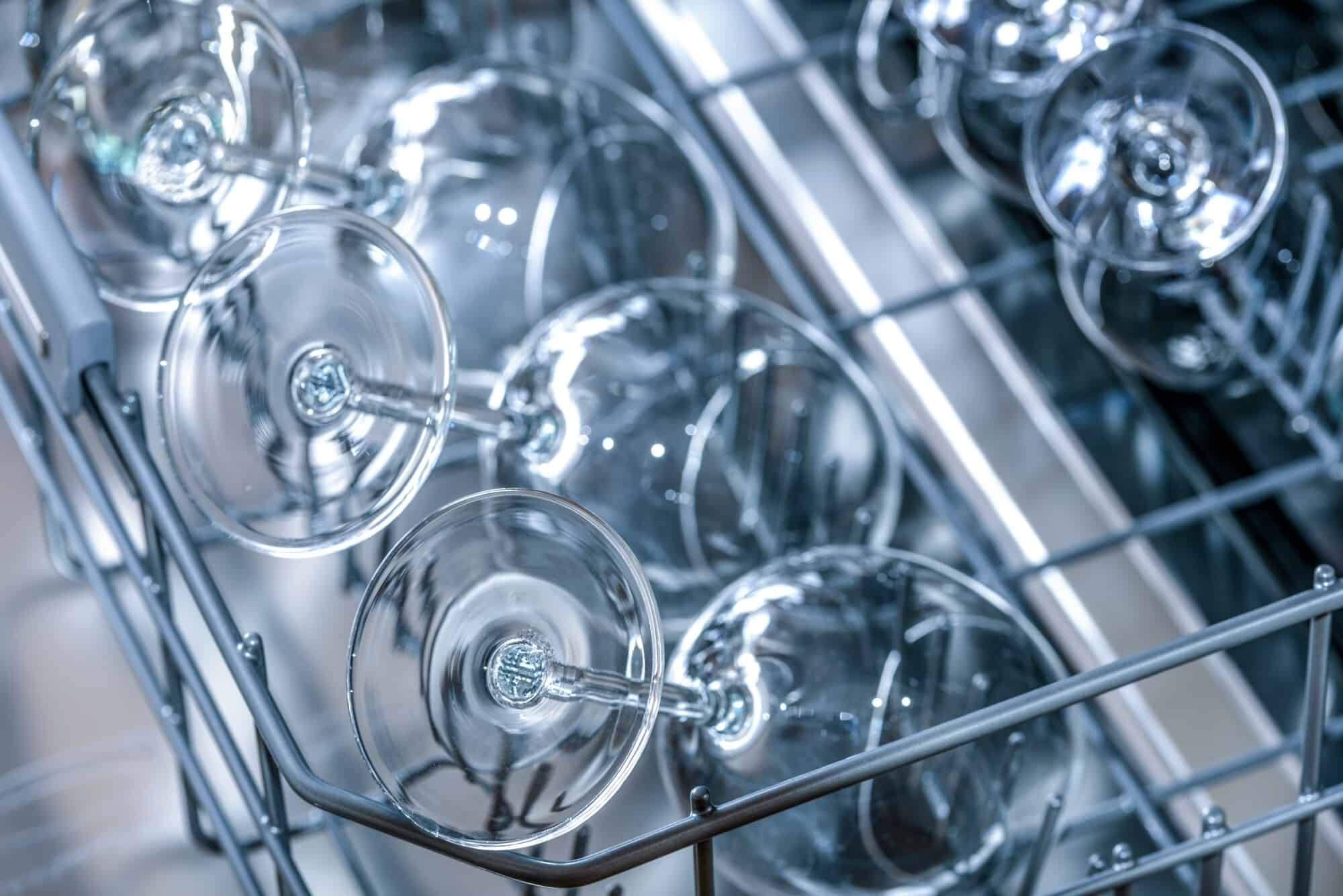
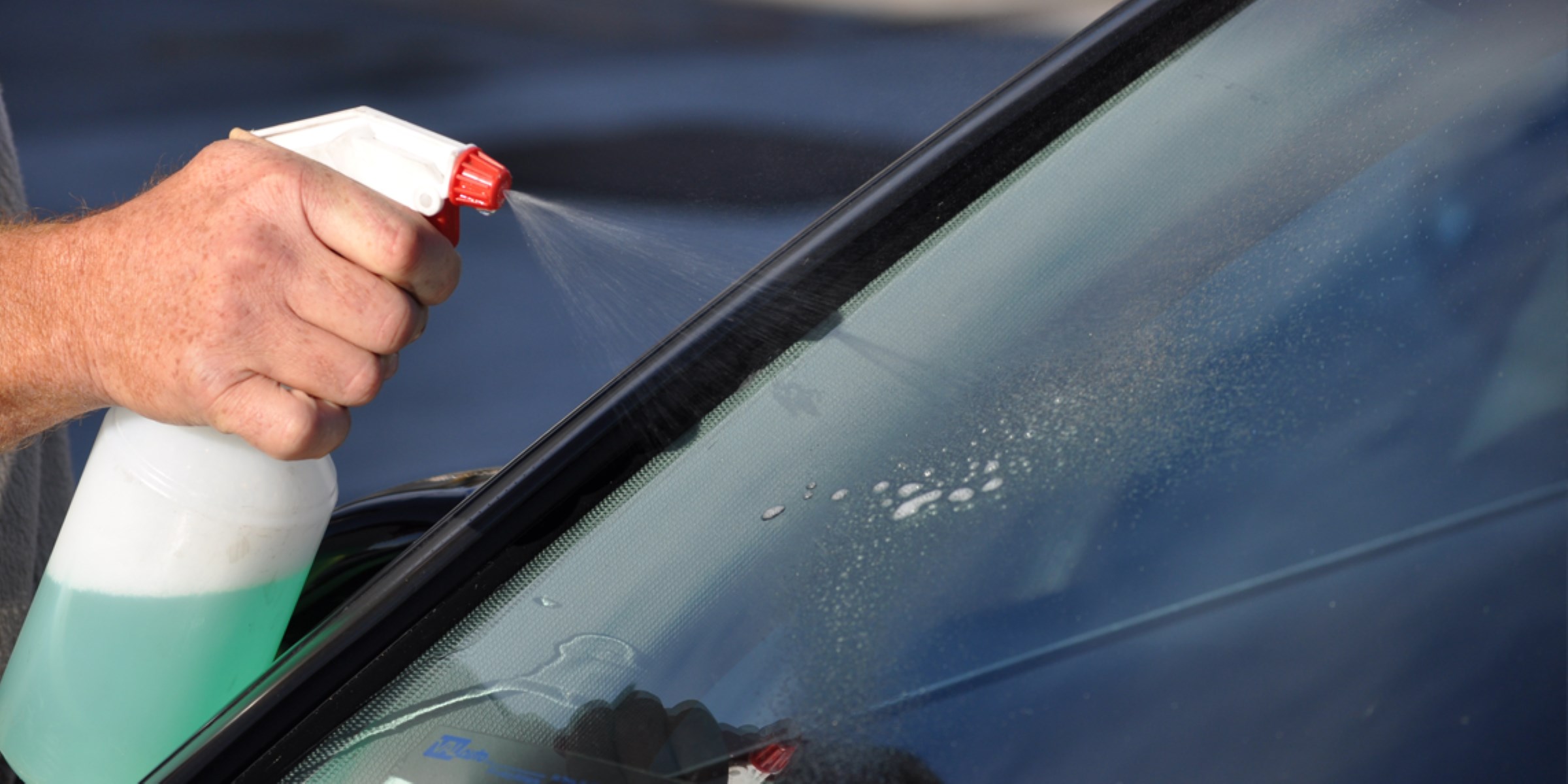
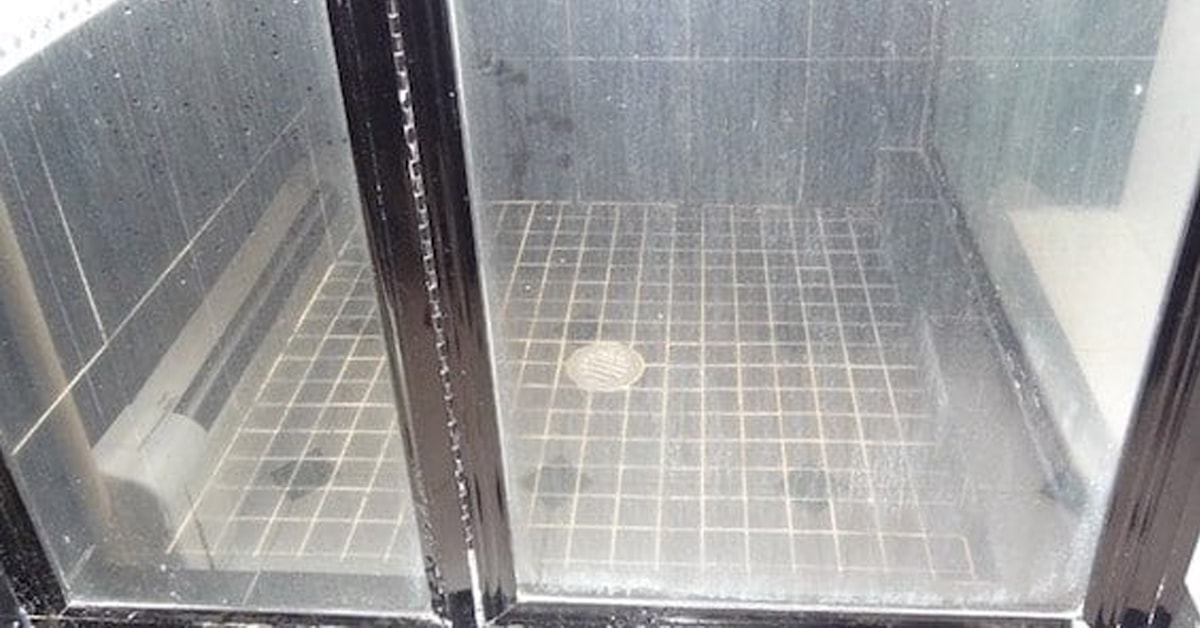
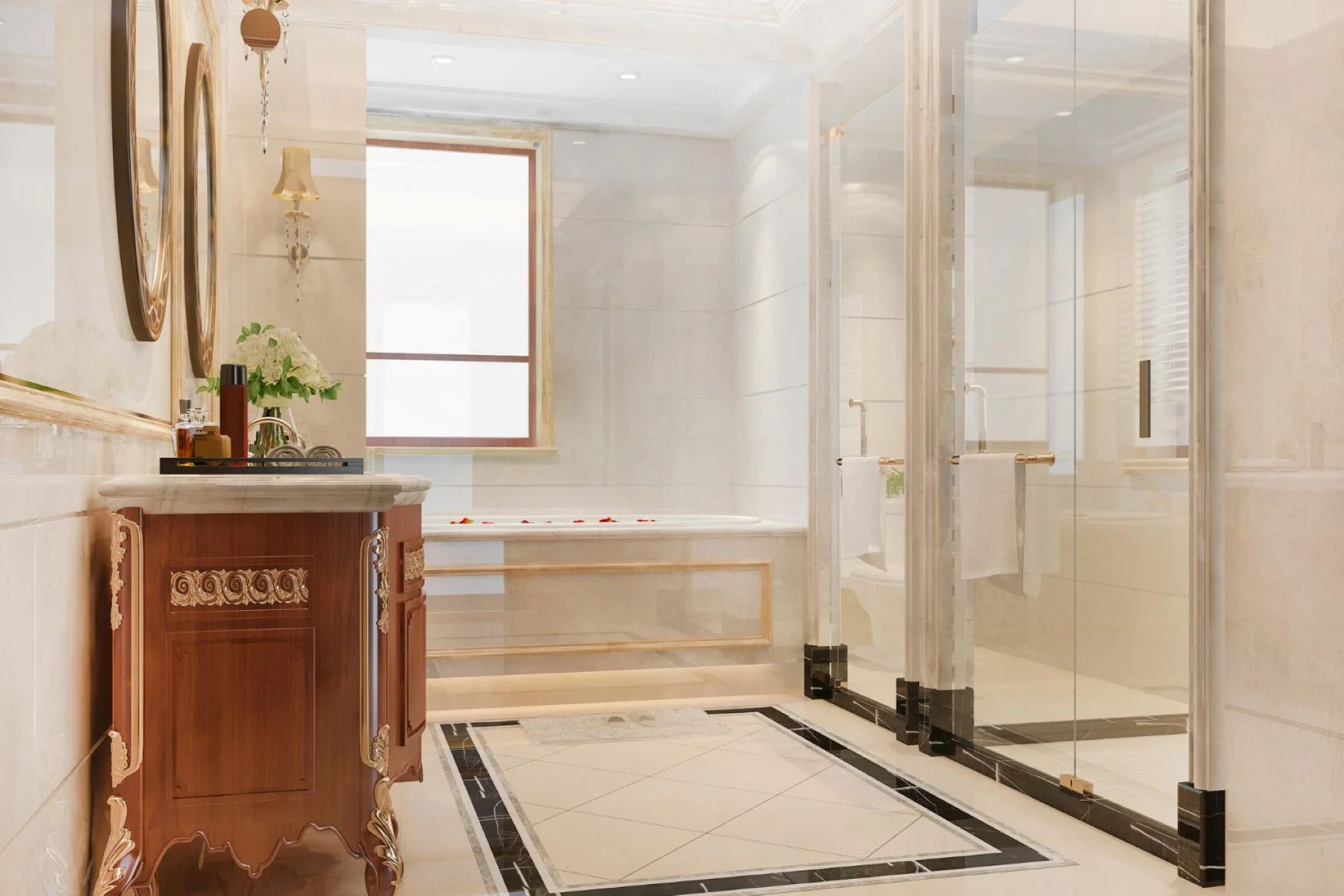
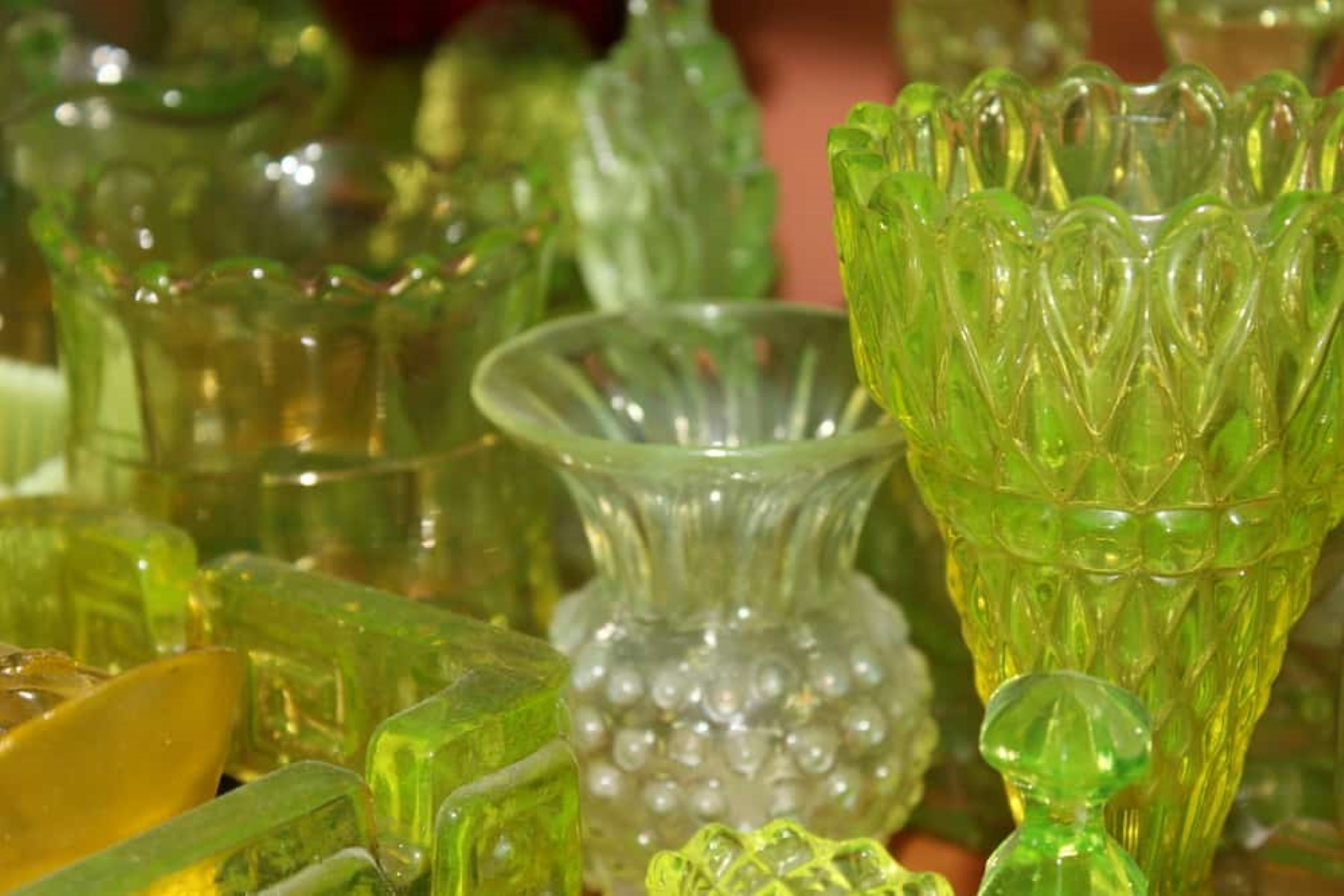
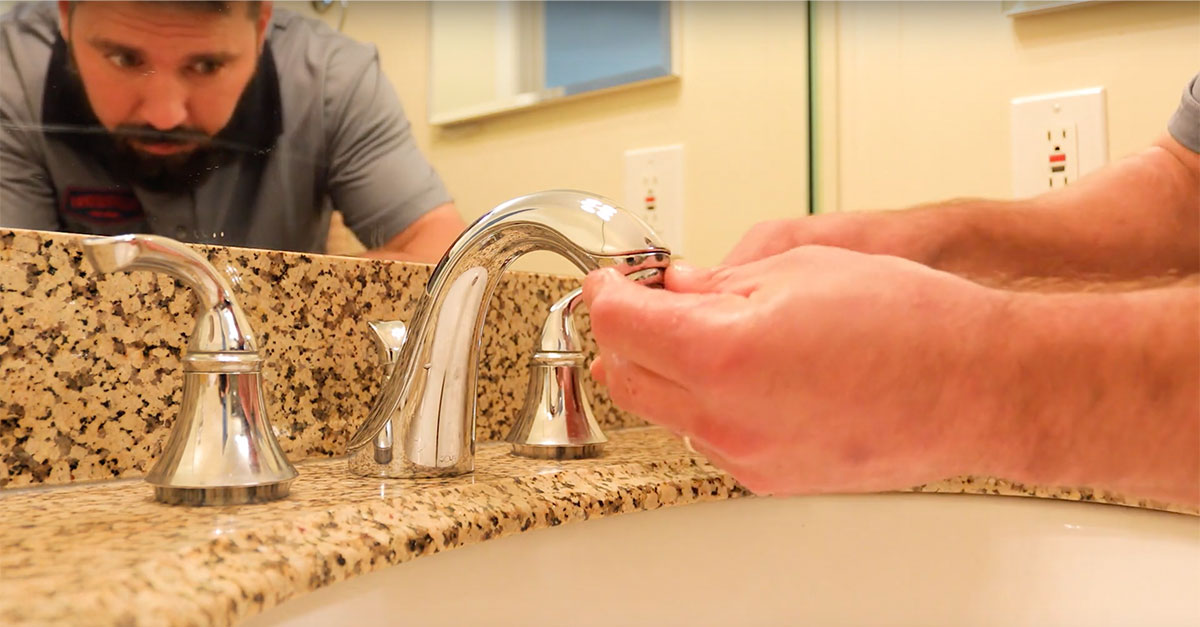
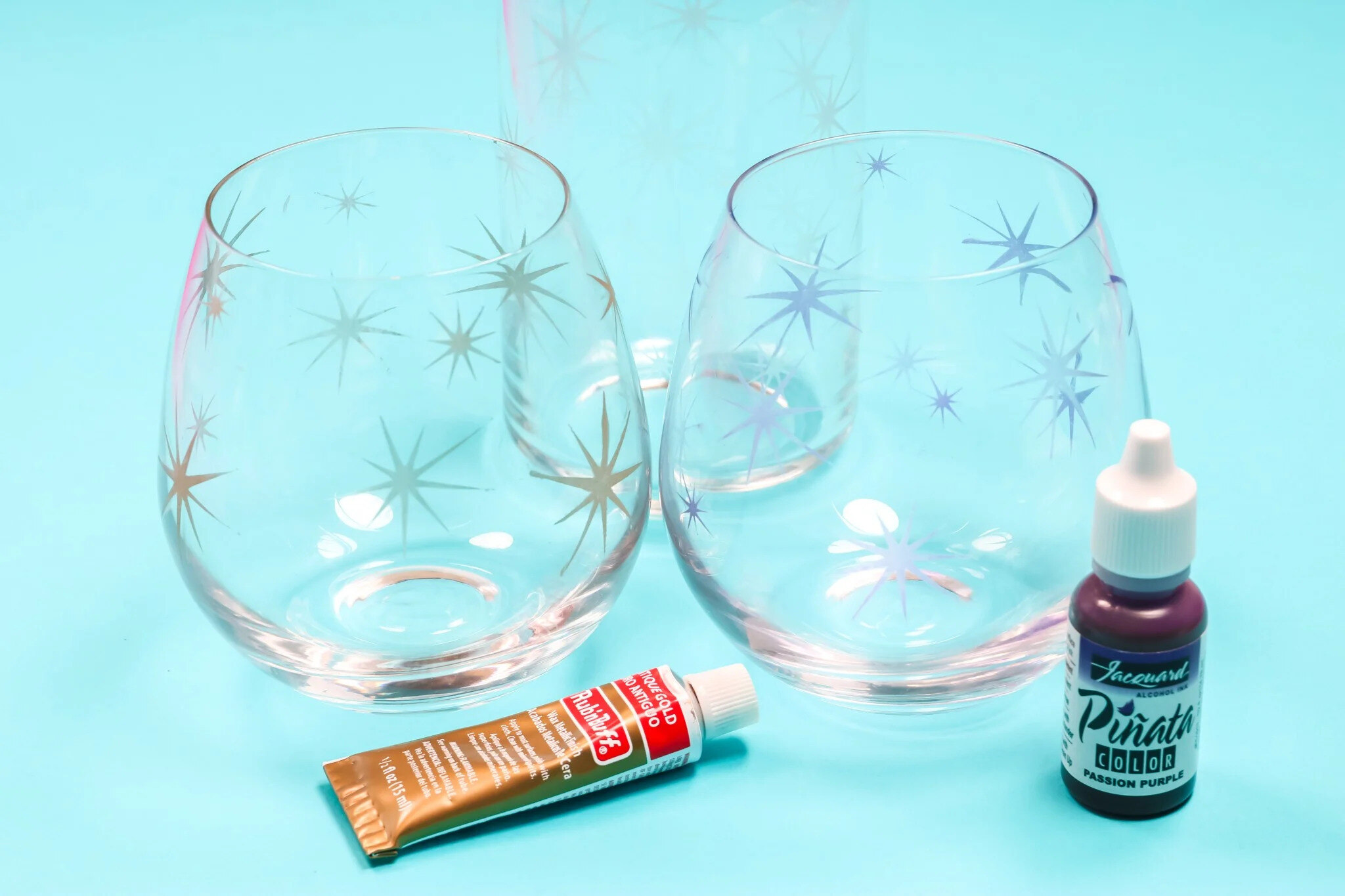
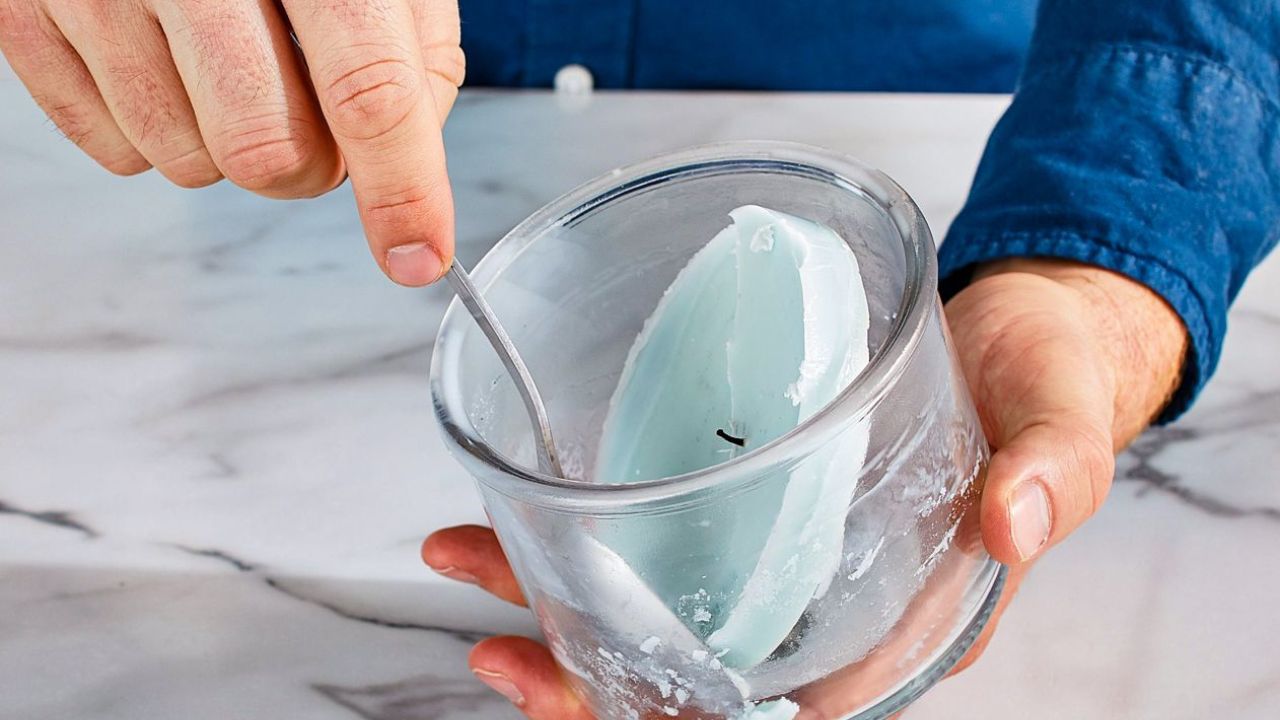
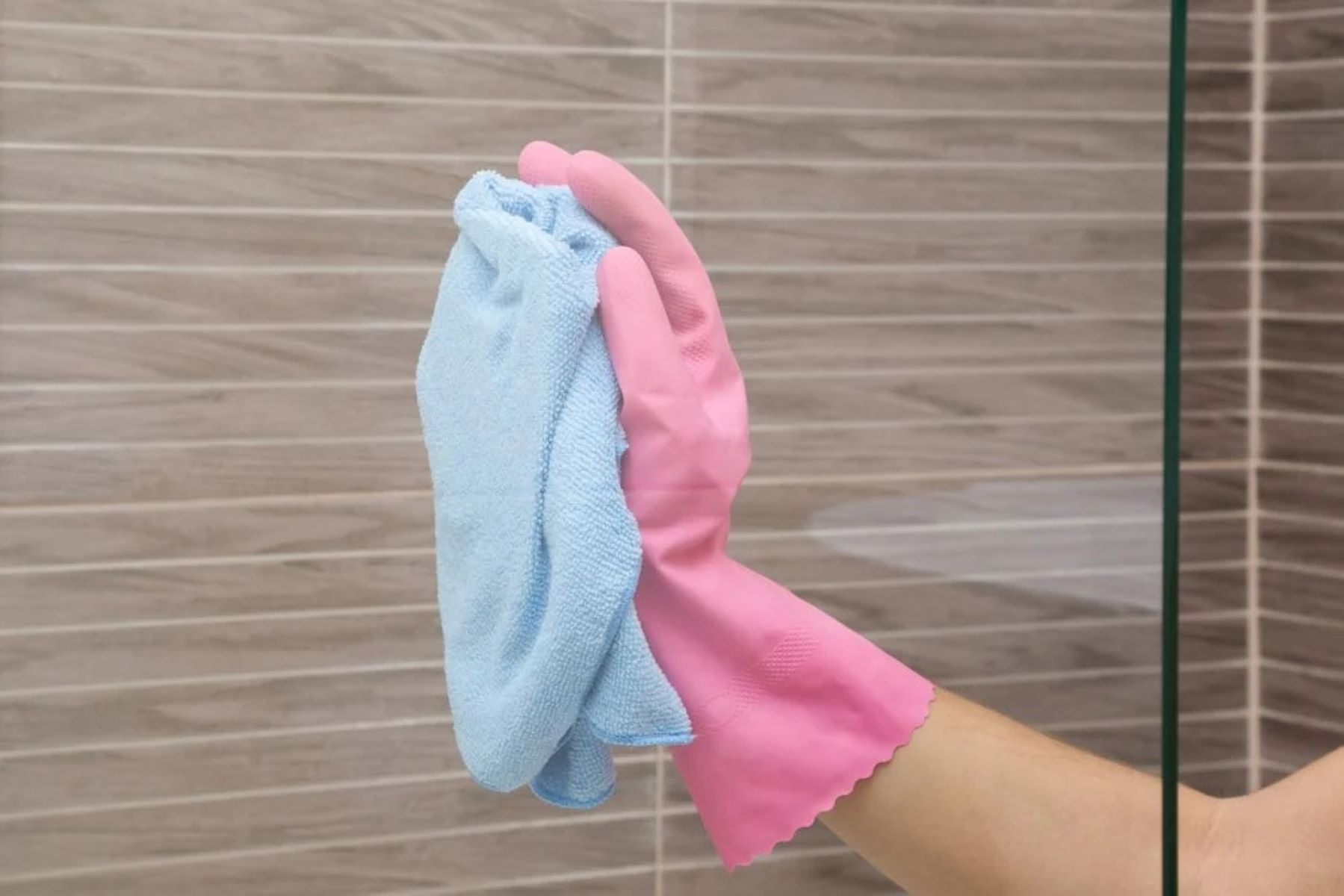
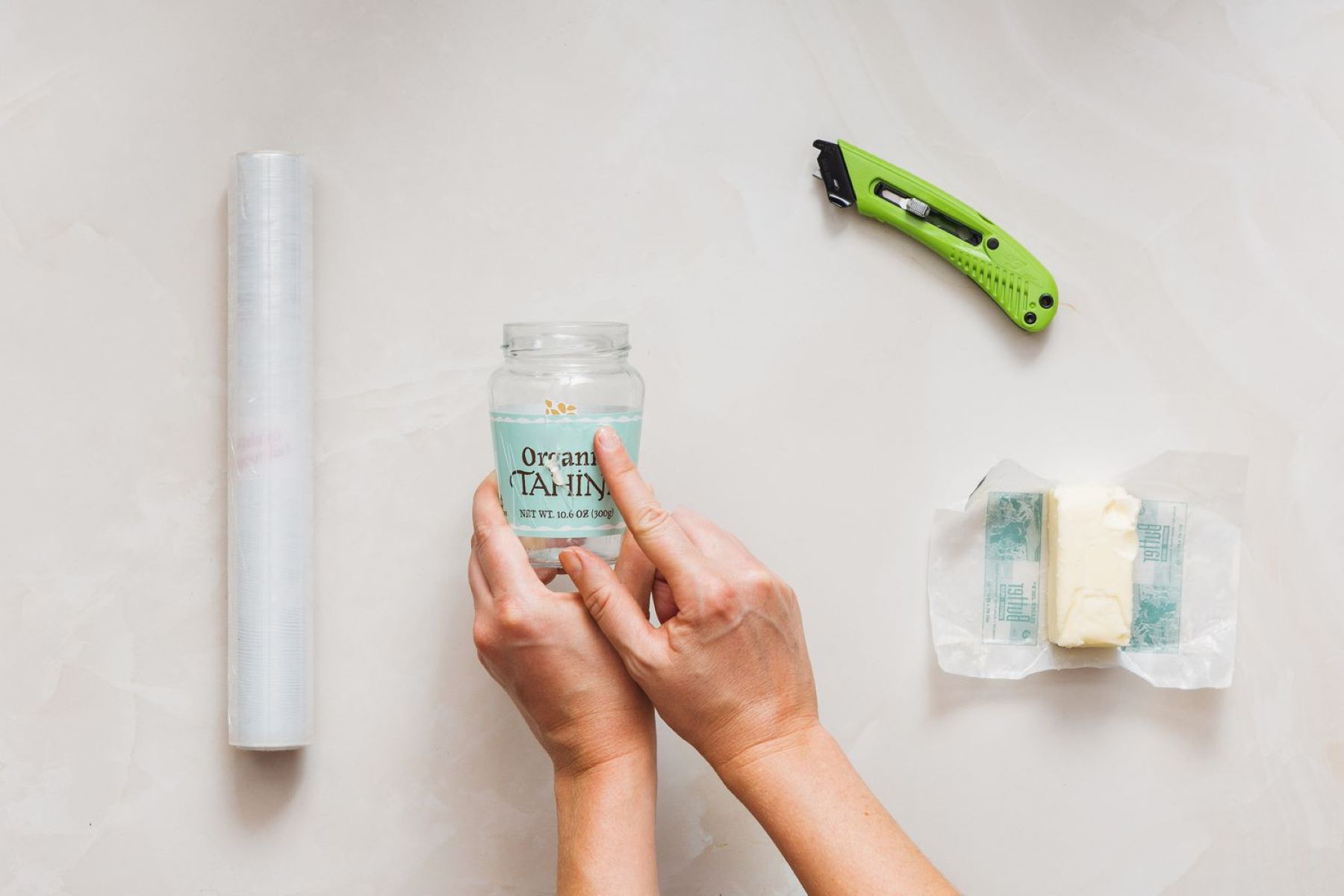
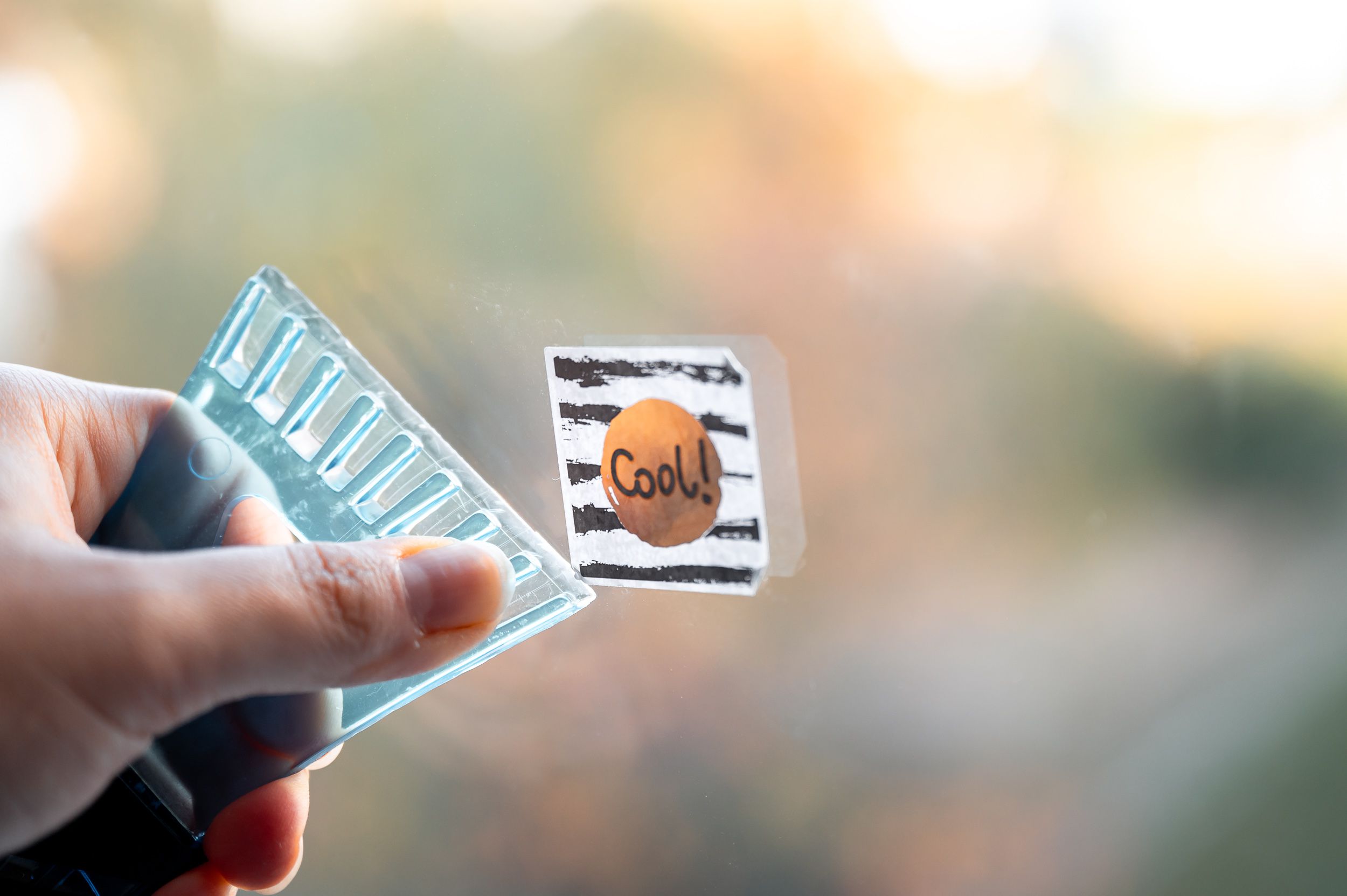
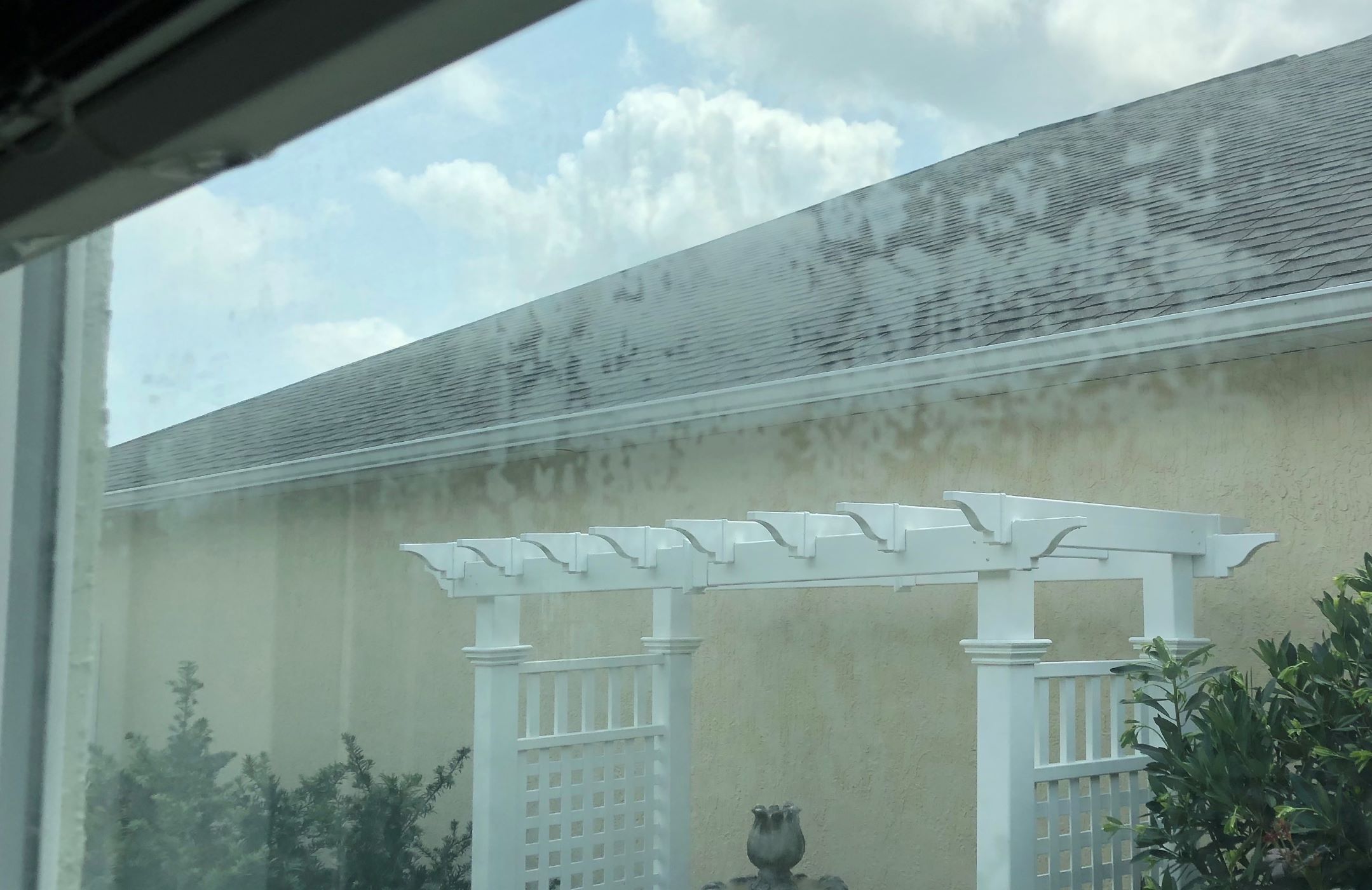
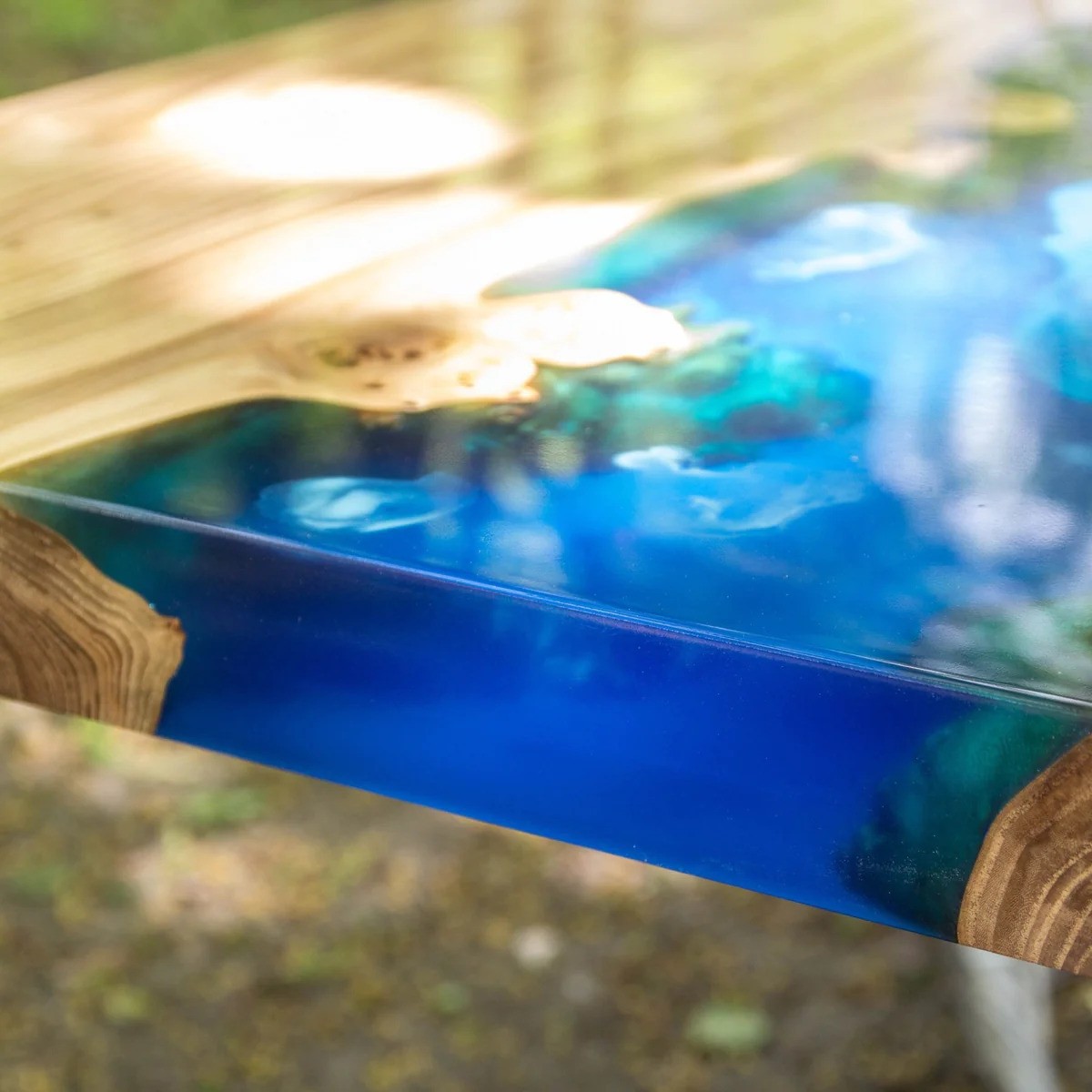

0 thoughts on “How To Remove Water Spots From Wine Glasses”